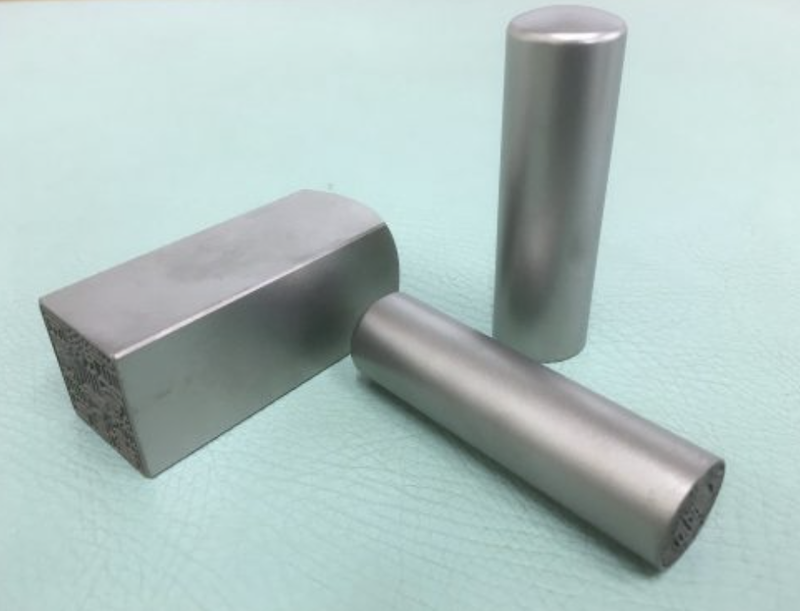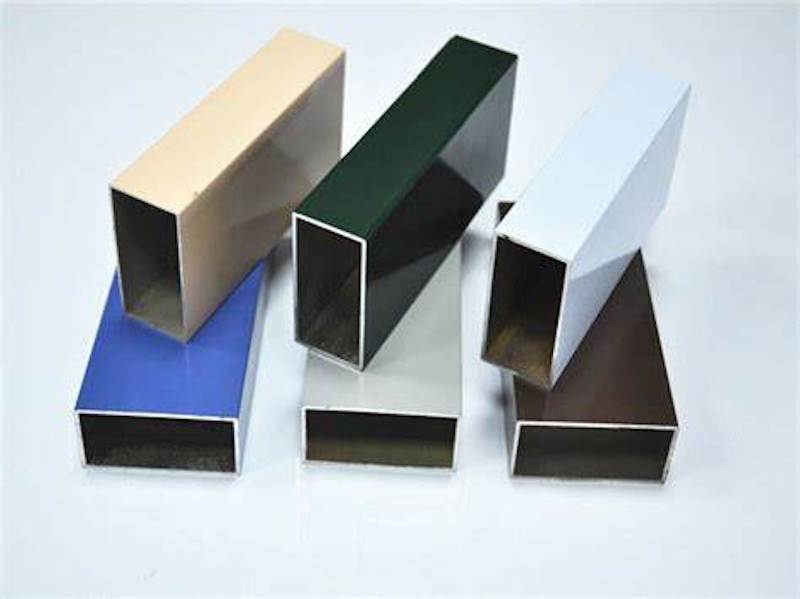For a variety of applications, weight is an important consideration when choosing between titanium and aluminum. Titanium or Aluminum? Both materials have advantages and disadvantages, but the decision is often dependent on several criteria, including cost, durability, and environmental issues. We highlight weight-related factors when contrasting the advantages and disadvantages of titanium vs. aluminum interior materials to help with decision-making.
Titanium or Aluminum - Titanium:

Pros:
High strength-to-weight ratio:
Titanium is distinguished by its unique strength-to-weight ratio, making it ideal for applications where low strength and weight are critical. This characteristic enables complex structures and components to be rapid manufacturing without materials, and it is not necessary to add. For instance, titanium's high strength-to-weight ratio is used in the aircraft sector to reduce overall weight and develop airframe components that can survive harsh circumstances. This property is essential for fuel-increased handling efficiency and overall performance in weight-related factors.
Cons:
Expensive:
The incredible properties of titanium are expensive, as they are more expensive than many other materials. Rising titanium prices can significantly affect the overall budget for projects and products using this metal, making it important to carefully weigh the benefits against economic considerations.
Difficult to Machine:
Titanium's hardness and mechanical resistance pose challenges in manufacturing. Working with titanium generally requires specialized equipment and expertise, increases manufacturing costs and can extend lead times.
Limited colour options:
While titanium can be a beautiful material, it offers a limited range of colours compared to other metals. This can be a product where specific colours or finishes are needed for visual appeal.
Brittle at low temperatures:
The low-temperature degradation potential of titanium in extremely cold environments may be worth considering. Where temperature fluctuations are a concern, it is crucial to understand and minimize this signal.
Titanium or Aluminum - Aluminum:

Pros:
Lightweight:
Aluminum's inherent lightness makes it an attractive material in situations where weight reduction is necessary, and this is one of its key advantages. For instance, aluminum's usage in auto production improves all vehicles' performance and fuel economy. The lightweight property of aluminum is also finding utility in the aerospace industry, where it helps strike a balance between system integrity and weight savings in aircraft parts.
Cons:
Low power:
Despite its lightweight, it generally has less strength and weight compared to titanium. This limitation may affect its use in applications requiring high strength and durability. Engineers must pay close attention to whether low-strength aluminum meets the specific requirements of its intended application.
Susceptibility to damage:
Aluminum, while exhibiting corrosion resistance, is not as strong in this respect as titanium. In some areas, aluminum may require additional protective measures, such as coatings or cures, to reduce corrosion and extend the life of components.
Low water softness:
Compared to titanium, aluminum wears less. This characteristic may preclude its use in high-temperature applications, as it may compromise the structural integrity of aluminum parts.
Limited biocompatibility:
Unlike titanium, aluminum CNC machining parts may not be as biocompatible, limiting its use in certain medical applications where compatibility with the human body is essential. The choice of aluminum and titanium in such materials depends on specific requirements and potential interactions with biological systems.
Titanium or Aluminum - Efficiency through strength: titanium's impact on weight reduction
Titanium's higher density compared to aluminum may indicate a disadvantage, but its inherent strength turns a seemingly disadvantageous quality into a huge advantage. Despite being about two-thirds heavier than aluminum the exceptional strength of titanium uses fewer materials to achieve comparable physical strength.
As such, compared to aluminum, only a fraction of the volume of titanium is needed to achieve the same strength. This characteristic is especially useful in the aerospace industry, where the combination of power and low weight directly reduces fuel costs. For example, the airline industry can produce aircraft components with energy requirements that are stronger all around while reducing overall weight.
The result is improved fuel efficiency, reduced environmental footprint and increased overall performance. Titanium's contribution to weight reduction underscores its importance in applications where every gram counts, making it an invaluable resource for optimizing engineering endeavours.
Titanium or Aluminum - Questions and answers
Titanium or Aluminum - When choosing between titanium and aluminum, how does this impact the product's overall durability in terms of weight, and what environmental factors should be taken into account?
The total durability of the product is affected by the weight selection between aluminum and titanium. Although aluminum is inherently lightweight, the increased volume of titanium is constrained by its exceptional strength and requires fewer resources for comparable performance. Materials used in permanent systems reduction can contribute to a reduction in environmental footprint, as it often translates into reduced filtering, energy consumption and air transport.
Factors such as energy density, hardness, recyclability, and end-of-life considerations should also be considered. Aluminum, known for its recyclability, may have advantages in specific sustainability applications. Therefore, the decision should involve a comprehensive analysis of the entire product life cycle, including extraction, processing, use and disposal.
Titanium or Aluminum - When considering the production processes for titanium and aluminum alloys, what effects do the respective material characteristics have on waste generation and energy consumption, and how might these factors influence the lifecycle analysis of products?
Because titanium and aluminum have distinct qualities, their production processes are different. The hardness of titanium generally requires the use of specialized tools and equipment, increasing the energy consumption during machining and fabrication. On the other hand, the ease of machining aluminium can reduce the energy demand, but if not managed properly, it can lead to more waste.
The environmental impact of these processes on the environment alignment affects the overall life cycle analysis of the object. Titanium production and energy-intensive machinery could contribute to an initial increase in environmental impact, while the recyclability of aluminum and relatively simple machinery could provide benefits.
Titanium or Aluminum - Conclusion
Selecting the best steel for a mechanical project necessitates careful research and evaluation of several variables. The work atmosphere, project complexity, and target completion qualities are significant considerations. Due to titanium's natural hardness, specialized tools and equipment are usually needed. Due to its strength and durability, titanium is the ideal material to utilize in circumstances requiring the highest level of precision and detail.
TAEM MFG offers both titanium and aluminum for your rapid prototyping, low volume manufacturing, and CNC machining manufacturing needs. Contact us today!
In each case, a more detailed analysis is needed. It is essential to carefully evaluate the strengths and disadvantages before deciding between titanium and aluminum for your machining project. Each metal comes with its unique properties, and understanding how it matches the specific requirements of your project allows you to make the right and successful choice.





















